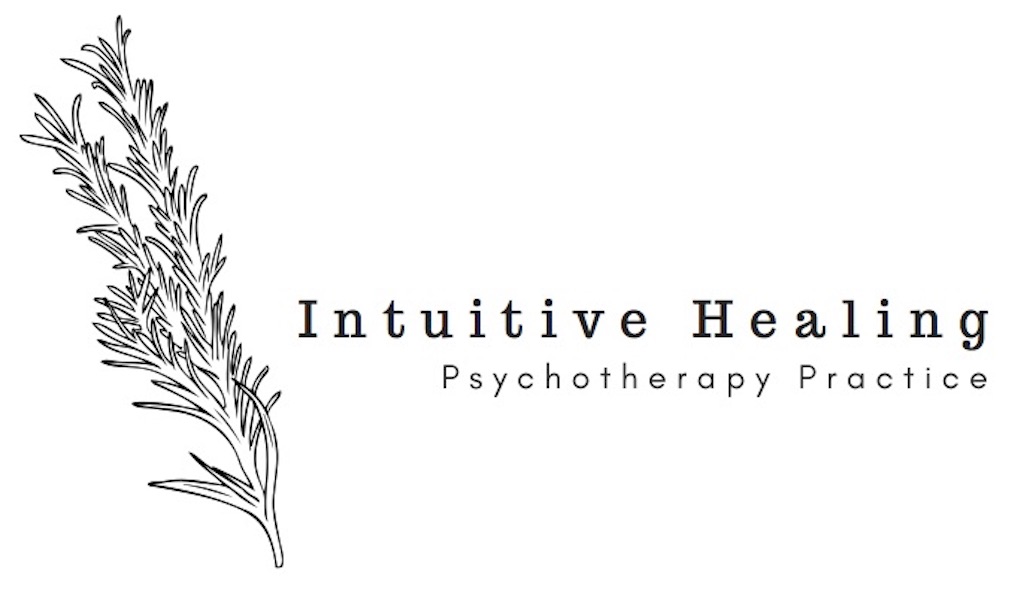Stepping Off the Drama Triangle
Dani Bryant, MHC
“Drama” (the game that people play) in interpersonal relationships is rooted in unmet needs, abandoned feelings and crossed boundaries. How we engage in drama making is almost always learned from our early caregivers. The relationship dynamics--both toxic and healthy--which are modeled for us as children are carried with us into our adult partnerships, friendships and professional relationships.
One way to explore toxic relationship dynamics is via The Karpman Drama Triangle. Written about in 1968 by Stephen Karpman, the drama triangle explores the archetype/ role of “Victim”, “Rescuer”, and “Persecutor.” Karpman posits that if we can identify and own which of these archetypes/roles we operate from, we can shift to step off the triangle and learn to communicate from a more authentic place.
Let’s explore the three anchoring roles of the Karpman Drama Triangle, through the lens of psychodramatist Linda Condon. Condon’s work outlines clear definitions for each role from the drama triangle as well as alternative roles to explore and move towards.
Condon defines the three roles as:
PERSECUTOR ROLE
One stuck in a Persecutor role may shame others in an outwardly aggressive or passive aggressive manner. Persecutors have a very hard time being wrong and take little responsibility for causing harm. Persecutors have a deep fear of feeling powerless and being seen.
RESCUER ROLE:
One stuck in a Rescuer role may have an intense fear of abandonment. They are often caretakers, helpers and fixers. Boundaries are often crossed and “saying no” is extremely challenging for Rescuers.
VICTIM ROLE:
One stuck in a Victim role looks for rescue and has trouble taking responsibility for their actions. When in the Victim role someone might have a deep fear of inadequacy and may blame people and situations outside of themselves.
Condon's work also outlines a way to assess when we are on the drama triangle and how to step off and into what is called “The Circle of Transformation.”
Moving from The Drama Triangle to the Circle of Transformation:
1. Find more physical awareness and attunement to the body.
2. Recognize feelings and needs.
3. Explore communication patterns in relationships.
4. Notice where and with whom one is most reactive.
The goal is to cultivate more awareness and curiosity so that one can transform relationship dynamics by stepping into new roles which feel more authentic, assertive, collaborative and empowered.
Condon defines the new roles as:
VICTIM TO ENACTOR
If one finds themselves stuck in a “Victim” role they can move towards being an “Enactor.” When in the role of the Enactor one can take more responsibility and feel more empowered.
RESCUER TO CONNECTER
When in a Rescuer role, one moves towards collaboration and being a “Connector.” As a “Connector” one can now set boundaries without guilt, say no with confidence and respect their wants and needs.
PERSECUTOR TO COMMUNICATOR
“Persecutors” are aiming to be an assertive “Communicators.” Once in the role of Communicator, one can better express what one thinks without shaming others and can better hone any defensiveness.
Utilizing frameworks such as The Karpman Drama Triangle and The Circle of Transformation can give us tools to explore interpersonal dynamics on our own and in relationship with a therapist or counselor. When we are in a toxic relationship dynamic, a plan of action is essential in breaking the drama filled cycles. To let go of the “games we play,” one may have to sit in the discomfort of naming which role they operate from. The discomfort that comes from knowing when we play the persecutor, rescuer or victim is temporary. As these roles are only a few of the multitude of roles we play in life. The more roles we have access too, the more freedom we have to express our needs in a specific and authentic way. All roles are welcome here.
